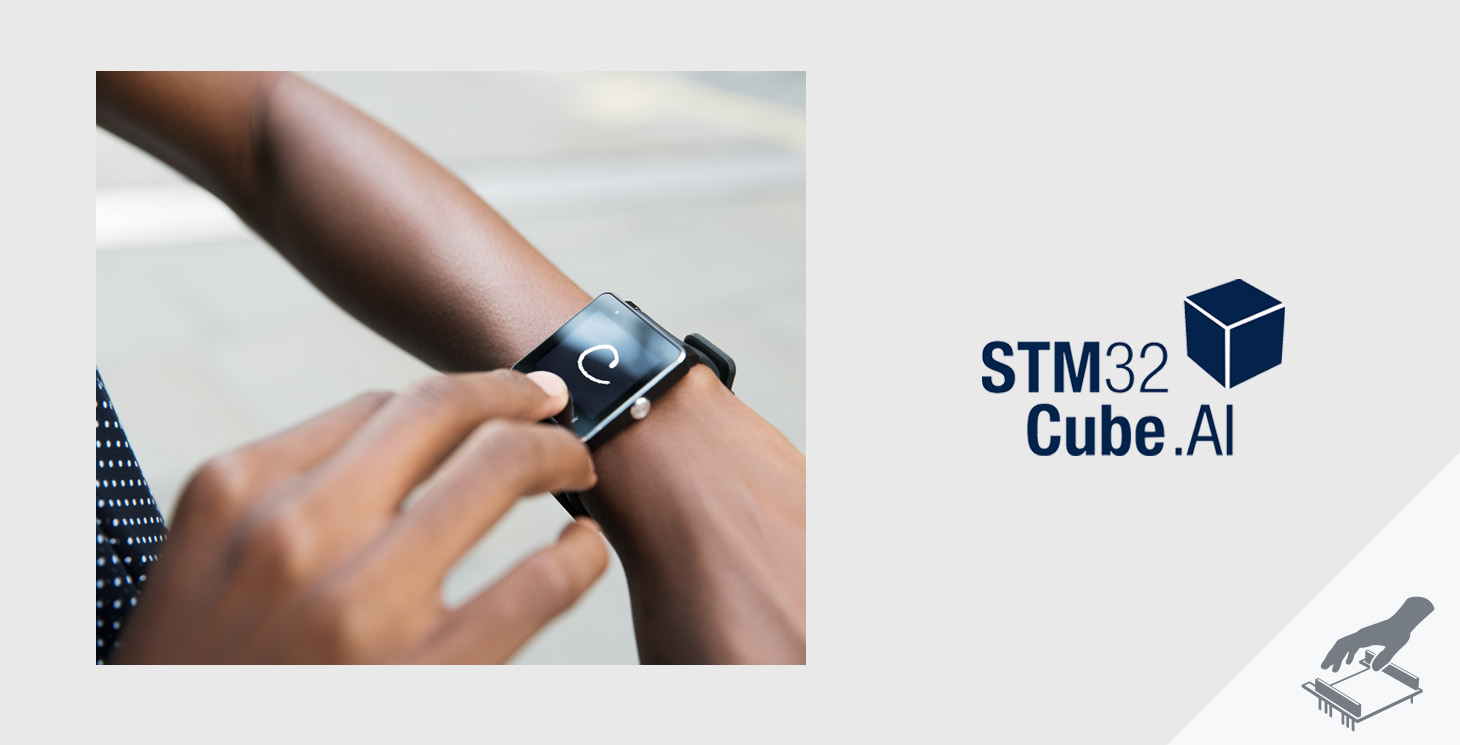Maintaining an active lifestyle is essential for our overall well-being, but understanding and tracking our activities accurately can be a challenge. Artificial Intelligence (AI) revolutionizes human activity recognition precision and edge AI enables these algorithms to be embedded everywhere. They can run locally without disclosing any personal information, embedded in devices such as smart watches, smart wristbands, and smart shoes but especially in a device that everyone has in their pocket, a smartphone. Embedding an optimized AI model, a smartphone can become a personalized activity recognition system capable of understanding and categorizing your own movements. From walking, running and cycling to more complex activities including yoga and weightlifting, a smartphone can monitor your progress and make informed decisions about your fitness routine.
Approach
This use case is based on the “Human Activity Recognition with Smartphones” dataset from Kaggle, created by recording 30 participants carrying smartphones on their waist.
The goal was to determine if a person is walking, walking upstairs, walking downstairs, sitting or standing.
An accelerometer and a gyroscope inside a smartphone are used to capture linear acceleration and angular velocity data at a rate of 50 Hz.
The training and test files are then sorted into several files; one for each of the five activities. The ‘Activity’ (label) column is then deleted from each file.
Finally, we used NanoEdge AI Studio to train an N-class classification model based on these inputs.
Sensor
Accelerometer and gyroscope.
Data
5 classes of activities: Walking, walking upstairs, walking downstairs, sitting, and standing.
Signal length: 562 (multi-sensors)
Data rate: 50 Hz
Results
N-class classification:
96.35% accuracy, 6.7 Kbytes of RAM, 15.2 Kbytes of Flash memory







